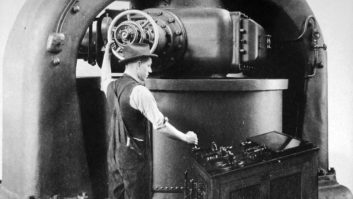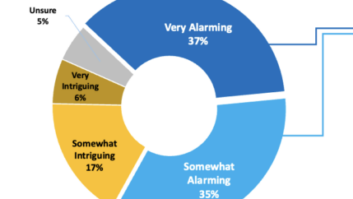I received the Dec. 10, 2008 Radio World Engineering Extra and the front cover has a white paper on how running –10 dB IBOC power isn’t going to cause any problems.
I have read all of the NPR Labs papers on the proposed IBOC power increase, and John Kean’s work, which included a significant amount of testing on receiver performance along with listening tests with in-depth studies on numerous stations, shows that in most all situations there will be a significant loss of analog service to stations if the IBOC power is increased to –10 dB (like 20 percent and in some cases 40 percent).
I have a hard time reconciling these two completely different studies. And I don’t understand why –10 dB IBOC power is the “magic” number. If one looks at the “Digital Cliff Effect” swatting coverage issues with a 10 times power increase would seem to be heavy handed and there might be a better choice, like –15 dB.
Additionally, running –10 dB IBOC level is going to be really expensive in terms of equipment and power consumption, and at the end of the day, if the NPR Labs studies are accurate, we will end up cannibalizing our analog listeners.
As the editor of this fine paper I would like to see Michael LeClair step in and explain to the readership how we can have two diametrically opposed results and what it really means …
Mike Pappas
Chief Engineer
KUVO Jazz 89
Denver








